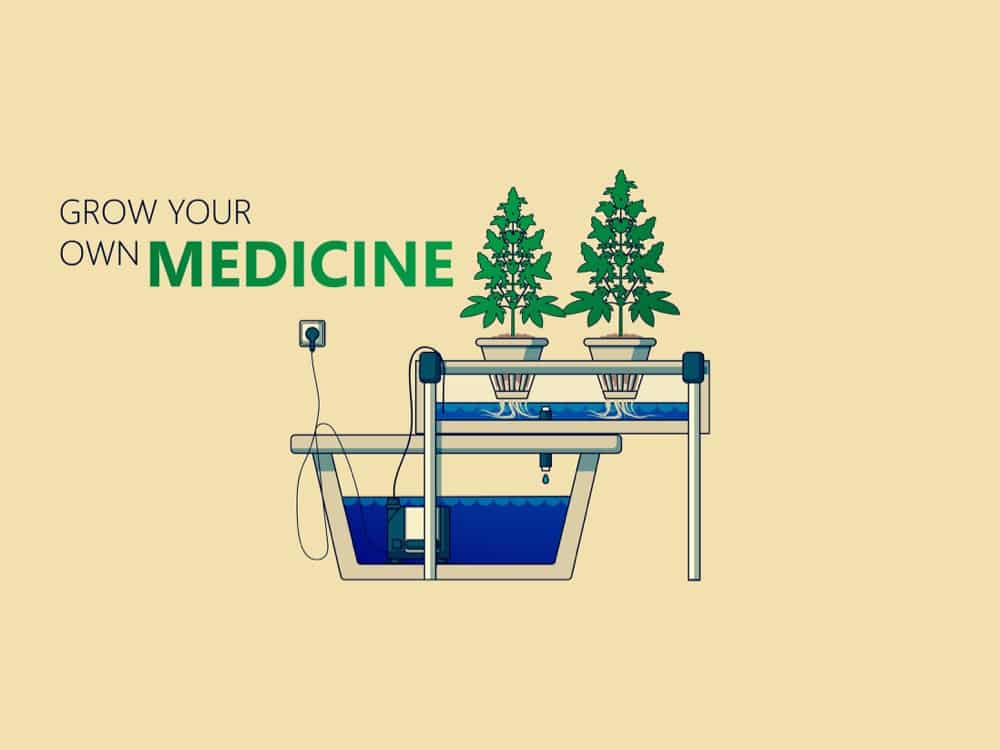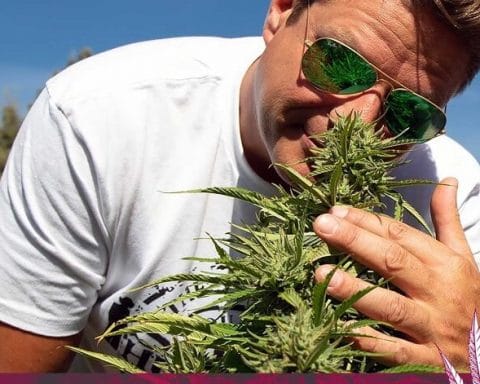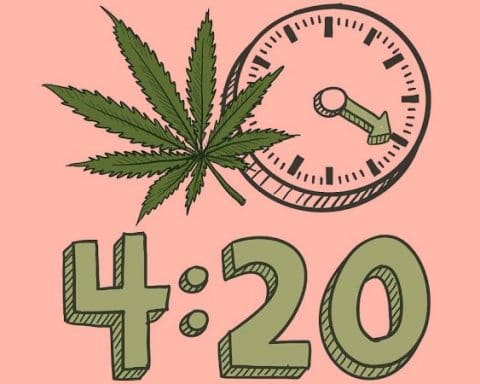In our previous chapter, we walked you through the cannabis life cycle in order to help you better understand how cannabis plants grow in nature and avoid surprises when you’re growing them yourself in a tent, room, or outdoor garden. In this chapter, we’ll take an in-depth look at cannabis genetics. When you shop for seeds, you’ll encounter a bunch of jargon that can be hard to understand and makes it difficult to find a strain suited to your personal setup and skills as a grower.
With the info in this chapter, however, you’ll learn to understand some of the basics of cannabis genetics and what terms like indica, sativa, and ruderalis tell us about a strain and the way it’s likely to grow.
Indica, Sativa, And Ruderalis: Understanding The Core Of Cannabis Genetics
When you shop for cannabis seeds, you’ll constantly run into the terms sativa and indica. However, there’s a lot of misconception among growers and even breeders about what these terms actually mean.
One huge misconception that’s still held even by experienced cannabis professionals is that the terms indica and sativa tell us about the psychoactive effects of a particular plant. There’s still a strong consensus among the cannabis community, for example, that indica strains are relaxing and sedating, whereas sativas are uplifting and euphoric.
The reality, however, is a bit more complicated.
The terms indica and sativa actually describe 2 different species or subspecies of cannabis, each with distinct physical traits and growth patterns.
Cannabis sativa, for example, was first described by Swedish botanist Carl Linnaeus in Species Plantarum in 1753 . Linnaeus was working with European cannabis plants most likely being grown for industrial and medicinal purposes. These plants had bright green foliage, narrow-fingered leaves, and took up to 3 months to flower. He classified them as Cannabis sativa L.
Roughly 30 years later, French botanist Jean Baptiste Lamarck was studying cannabis specimens collected in India. These plants, however, were very different to those Linnaeus described in his book; so different, in fact, that Lamarck invoked a second species of Cannabis, namely Cannabis indica Lam. These plants were shorter and bushier, with dark-green foliage, wide-fingered leaves, and a faster flowering time of under 2 months. They also produced denser, more resinous flowers than the cannabis plants first described by Linnaeus, and originated from colder, mountainous regions.
In the 1920s, Russian botanist D. E. Janischewsky discovered and described Cannabis ruderalis, a third cannabis variety native to Central Europe and Russia. These plants are small (rarely growing over 60cm tall), have thin stems, and produce few branches, with some sources describing their growth as much more “weed-like.”
Unlike Cannabis sativa and Cannabis indica, which are both photoperiodic and flower based on changes in their light cycle, Cannabis ruderalis plants flower “automatically” once they are about 5-7 weeks old.
Deciphering The Cannabis Gene Pool And Finding The Right Strain
Today, most of the cannabis strains on the market are what growers regularly refer to as “hybrids,” meaning they have both indica and sativa genetics. That’s because cannabis has been meticulously cross-bred over the last 50 years, as breeders try to create strains with unique aromas, higher potencies, and growth traits better suited to indoor growing (given the plant’s complicated legal status).
Automatic or “autoflowering” cannabis strains have also grown in popularity in recent years. These strains contain a mix of sativa, indica, and ruderalis genetics, giving them the advantage of flowering based on age rather than in response to changes in their photoperiod.
When you’re shopping for cannabis seeds, remember that the terms indica, sativa, and ruderalis don’t really tell you anything about the effects of particular strain. What governs a plant’s effect on the human body is its chemical composition, the body chemistry of the person consuming it, and the route of administration they choose (be it smoking, vaporization, or ingestion). You can read more about this in our earlier blog posts on Indica Vs. Sativa.
What the terms indica, sativa, and ruderalis CAN tell you about a strain, however, is the way it is likely to grow. For example:
- Indica-dominant cannabis strains tend to grow shorter and bushier than sativas. They also tend to flower quicker and produce dense, resinous buds. They likely developed these traits as they adapted to growing in the colder, windier conditions and shorter summers of the regions they originate from. Indica-dominant strains are ideal for indoor growers working with small spaces or outdoor growers living in colder, windier regions with a short growing season. While indica strains produce beautiful dense and resinous buds, their small stature means they typically produce smaller yields than sativa-dominant varieties. Their bushy stature and tight bud structure also makes them more sensitive to humidity and more prone to fungal or pest problems when growing in warm, humid climates.
- Sativa-dominant cannabis strains can grow very tall and leggy. They are particularly renowned for “stretching” once they start to flower and produce larger, airier buds. Sativa-dominant cannabis strains also have longer flowering cycles, with some varieties taking up to 12 weeks or more to properly complete their bloom phase. They likely developed these traits as they adapted to the warm, humid conditions and long summers of the regions they come from. We recommend these strains for outdoor growers with a lot of space and growing experience who live in areas with warm, long summers and are looking for big harvests. While large sativa strains can produce huge yields, their main setbacks are their size and long flowering cycles, which can be hard for inexperienced growers to manage.
- Automatic or autoflowering cannabis strains contain a mix of sativa, indica, and ruderalis genetics. These tend to be smaller plants, growing to average heights of around 60-100cm, and therefore also produce smaller yields. However, their short stature and ultra-fast flowering time (some autos go from seed to harvest in as little as 8 weeks) make them perfect candidates for hobby growers working with small spaces and only looking to grow enough weed for their own personal use. While some growers claim that autoflowering strains are less potent than their photoperiod cousins, we’ve never had any potency issues with the autos we’ve grown.
Remember, the cannabis genetics on the market today are, for the most part, still very unstable. That’s because cannabis hasn’t yet undergone the same breeding procedures as other crops (such as corn or potatoes).
Most of the cannabis strains on the market today are what geneticists would call F1 (or first filial generation) hybrids. Without getting too technical, a F1 hybrid is basically what you get if you take the pollen from one male cannabis plant and use it to pollinate a female. What you’ll end up with are hundreds of seeds containing genetic traits from both parents.
Sow those seeds and you’ll now be left with hundreds of plants that’ll likely look very different from each other. That’s because, despite carrying the same genetic blueprint, these plants may express the genetic traits they’ve inherited from their parents in different ways (just like you and your siblings might look very different from one another despite having the same parents).
Cannabis breeders can use techniques such as inbreeding to help stabilize their strains, but the genetics on the market are still far from being as reliably stable as those of other crops. If you’re looking for reliable cannabis seeds, we recommend buying from renowned seed banks such as Sensi Seeds, Royal Queen Seeds, Silver River Seeds, and Dutch Passion. Also consider keeping a mother plant (explained in more detail later on in this book) and growing clones if you want to preserve a particular strain.












